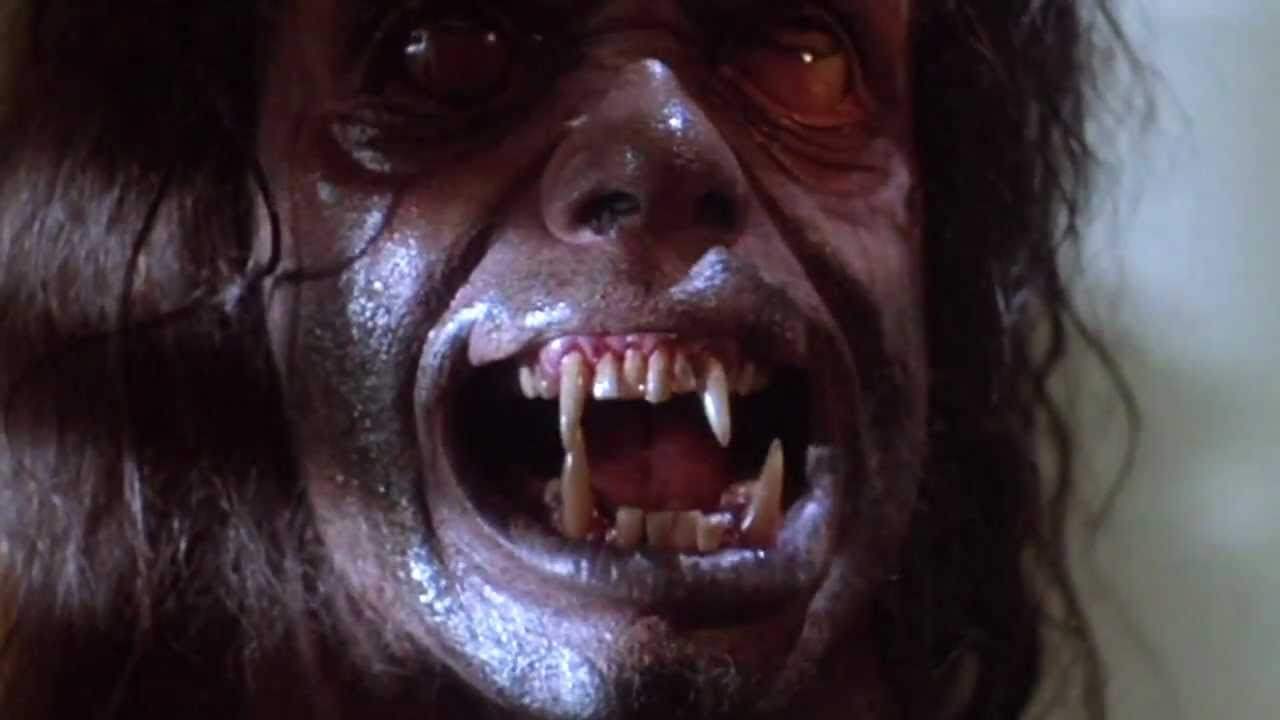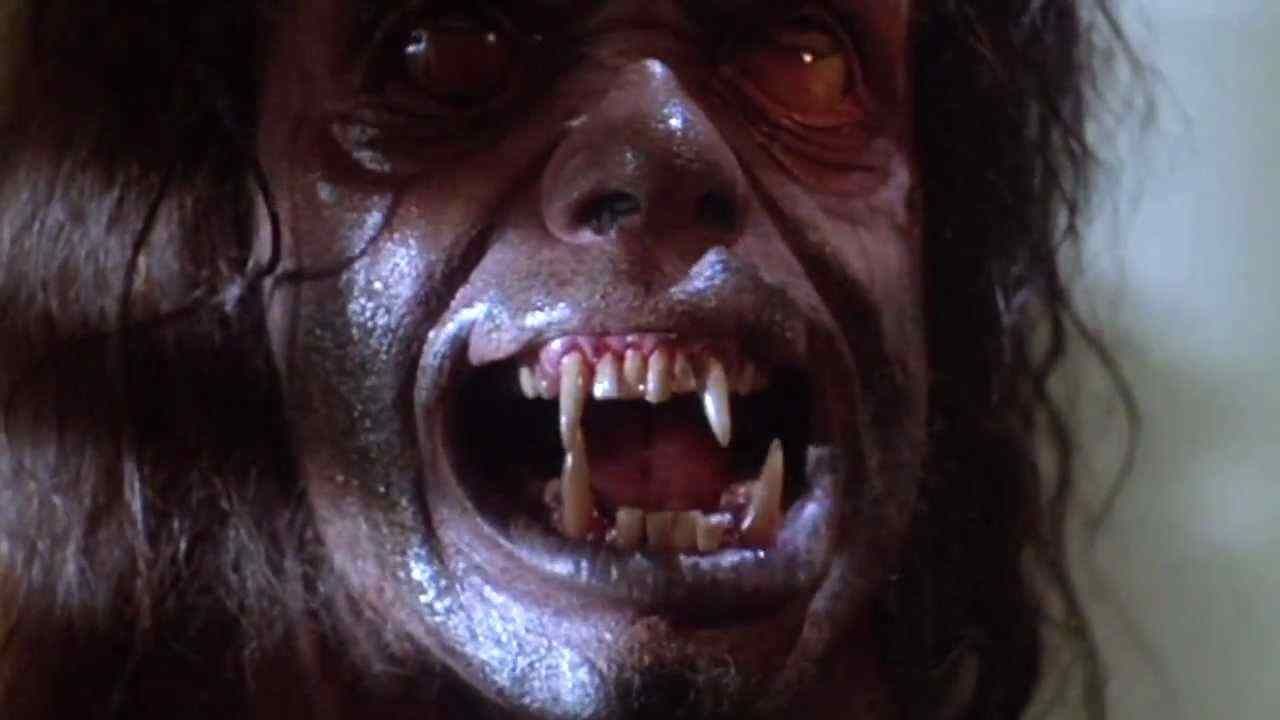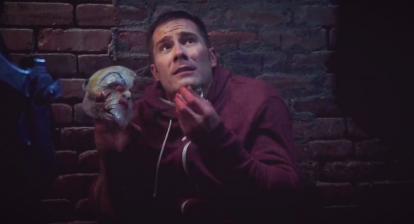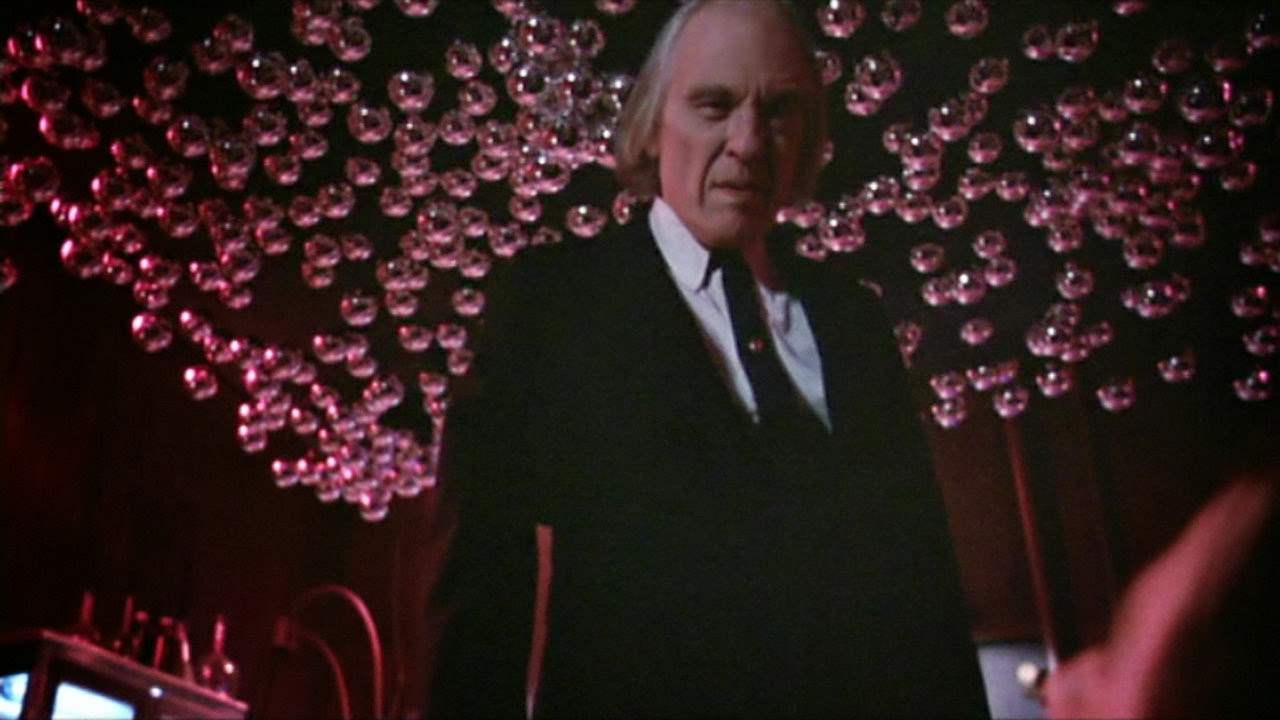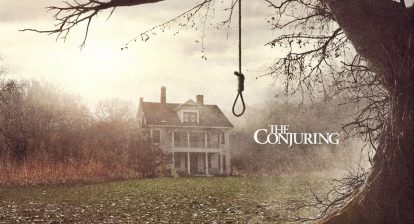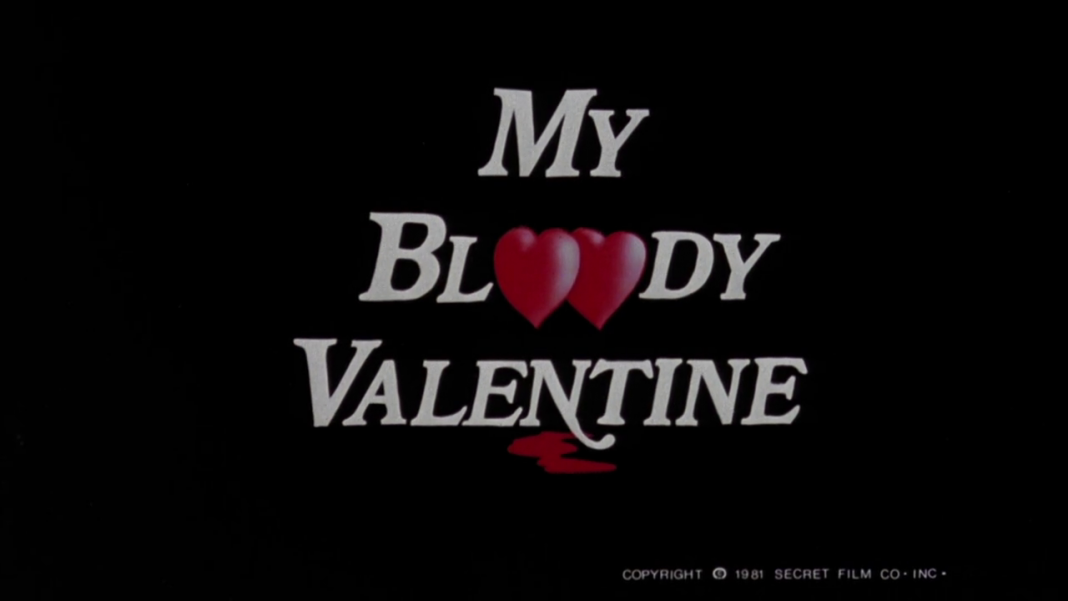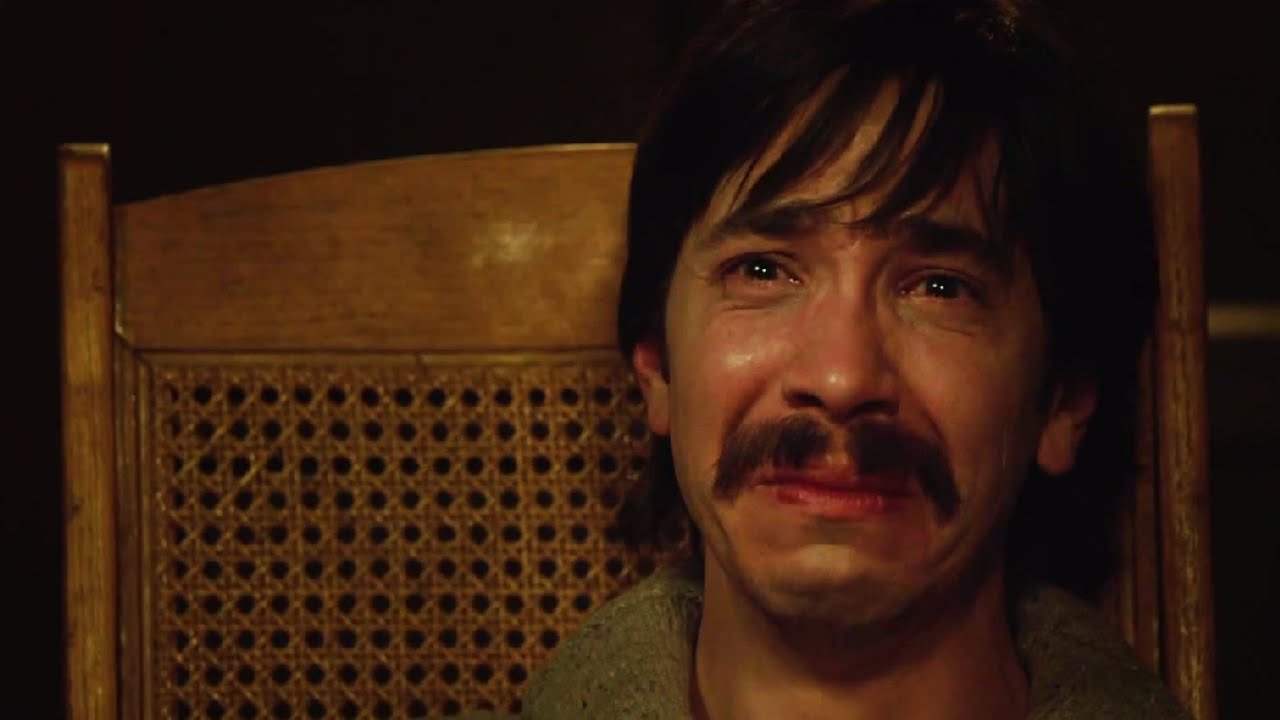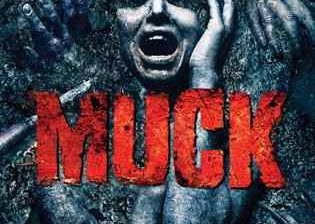In general, The Howling is considered to be one of the two best werewolf movies ever made. It is constantly ranked beside An American Werewolf in London, ironic considering that the two movies came out only a few months apart. Both are great and I think that they both hold up and compliment each other well on the grounds that they are so different. American Werewolf in London is very much about adhering to classic traditions, both respecting and pointing out the absurdity of those traditions at the same time.
That’s not what The Howling is concerned with as a feature. With this film, Joe Dante looked at everything the werewolf movie had been up to that point and decided to go in an entirely different direction. Even today, the werewolves of Howling are non-traditional compared to the usual tropes and legends that we all know by heart. While this film cemented the place of the bipedal werewolf in pop culture and cinema, that was the only thing that was borrowed heavily by future werewolf pictures.
The makeup effects created by Rob Bottin for The Howling are iconic and were revolutionary at the time. Sure, they may lose out to Rick Baker’s transformation sequences for American Werewolf in London, but they’re still incredibly impressive. And it’s worth noting that Baker actually started out working on this film before being drafted over to London. While the effects in that feature remain the best of all time, there’s something about the werewolves in The Howling that’s just scarier. From the eyes, to the matted hair, distorted features and dampness, these things are walking nightmares. It’s easy to see why so many—almost all, in fact—werewolf films that followed were influenced by this design.But the design of the werewolves is only one aspect of what makes them so interesting in The Howling. Everything about the mythology here is completely non-traditional in a way that, if made today, would be praised for being meta. And I think this film is more of a subversion of werewolf tropes as a whole than American Werewolf. We still think of werewolves as monsters that transform under the light of the full moon and can only be killed by silver bullets. Yet in this movie, only one of those things is true.
Instead of an old gypsy woman, The Howling has Dick Miller as a shop keeper on hand to give all the exposition as to what a werewolf is and how it can be killed. Silver is the only thing retained from the traditional lore as he explains that it’s “the only way to get rid of the damned things.” But it’s also added in there that fire will do the trick just fine.
 The biggest change to the werewolf mythology is also the most interesting: in The Howling, werewolves can transform at any time, day or night. It changes things. The story doesn’t have to lull from month to month and skip long periods of time, which can be a problem in films of this type. Most of all, it means a werewolf attack can come at any time and that the protagonists are never safe. People are attacked in broad daylight in this film and the effect is still terrifying.
The biggest change to the werewolf mythology is also the most interesting: in The Howling, werewolves can transform at any time, day or night. It changes things. The story doesn’t have to lull from month to month and skip long periods of time, which can be a problem in films of this type. Most of all, it means a werewolf attack can come at any time and that the protagonists are never safe. People are attacked in broad daylight in this film and the effect is still terrifying.
But the biggest thing separating The Howling from other werewolf movies is the fact that the protagonist of the story is not the werewolf. From The Wolf Man to Curse of the Werewolf to An American Werewolf in London and even Teen Wolf, this has almost always been the case. Yet instead we have vulnerable Karen White, who has come to the colony in order to overcome a serious trauma. She’s not bitten, although her husband is, but he proves to be a much more antagonistic presence in the film. The big reveal of the feature is that almost everyone surrounding Karen is a lycanthrope. The colony is nothing but a colony of werewolves.
It’s a very different story structure than what we’re used to seeing in werewolf films even now. Almost always, the lycanthropy is a metaphor for something that the character themselves is experiencing—including everything from sexual repression to Jewish guilt. Here, the werewolves are a group of people completely separate from society. The sense of tradition comes into play in their mentality rather than any specific lore. Instead of a full moon, tradition is embodied by their desire to hunt and kill humans, even though the world has moved on.
The Howling will always be remembered as one of the classic werewolf films, I think, because it will stand out. It will always be unique within that pantheon. It’s so different from what came before and even what came after, but when you think of werewolves, chances are you hear the howling.
